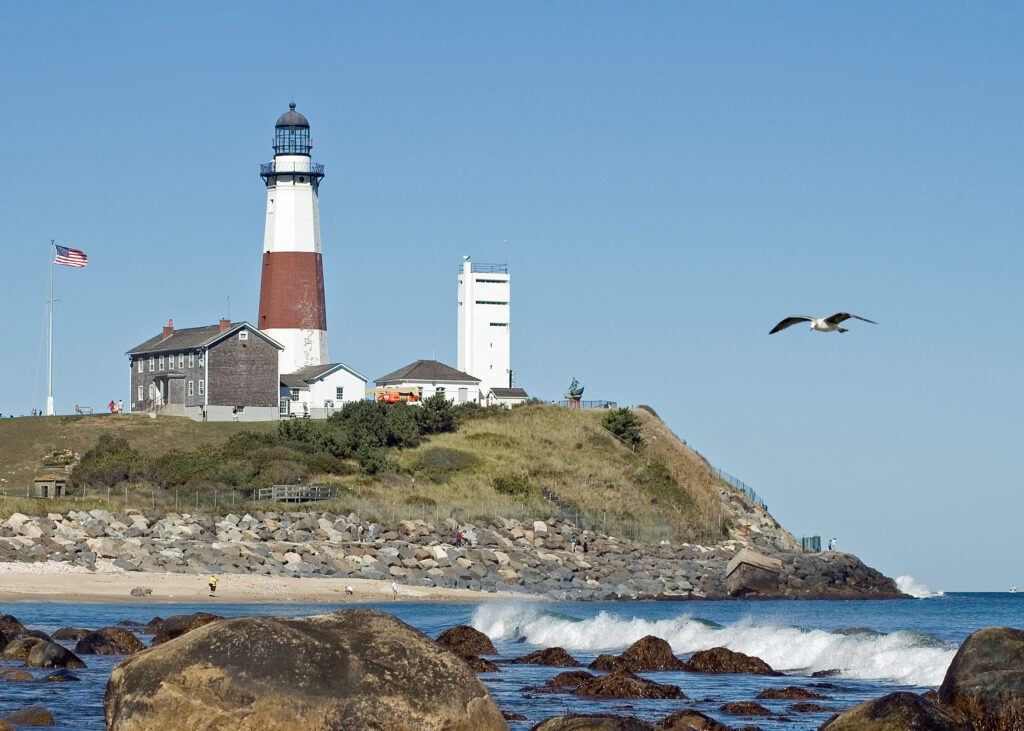The image of Montauk as a sleepy New York fishing village has all but vanished this summer season. Bagatelle, a French luxury restaurant chain with locations in St. Tropez and Dubai, moved into a space that housed Gosman’s Restaurant for decades. Here, private dining membership can cost thousands of dollars, while a two-bedroom home in Montauk’s trailer park can set you back $2.5 million.
What Montauk — the easternmost hamlet in the exclusive Hamptons, on Long Island – doesn’t have, however, is what many contend it needs most: a centralized sewage system. Septic tanks for commercial properties are outdated and unequipped to deal with the town’s booming summertime foot traffic.
Perhaps that’s why Lake Montauk, Fort Pond, and Fort Pond Bay, all in Montauk, are deemed by the state Department of Environmental Conservation as “partially impaired” water bodies. Recent water tests by the Concerned Citizens of Montauk found high levels of the bacteria Enterococcus that are considered a health risk.
Last month, an international surfing event was canceled at Ditch Plains Beach after water tests found “alarmingly high” levels of Enterococcus bacteria in the water, seven times higher than New York’s safe swimming standard. The elevated levels were caused in part by heavy rainfall in the area.
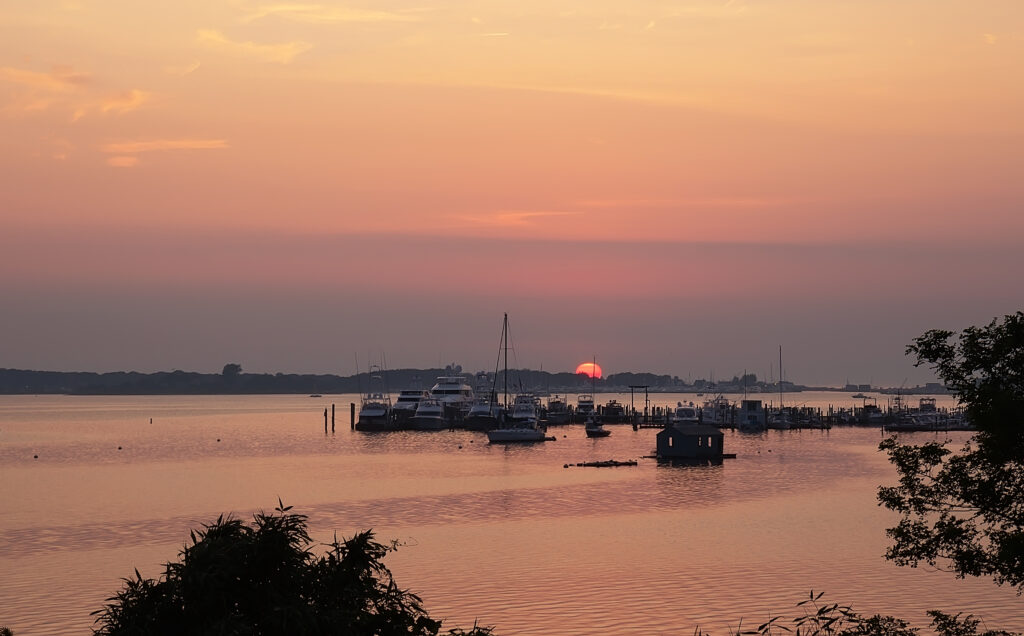
The amount of sewage flow in downtown Montauk is 173,720 gallons per day, about 3.5 times the maximum allowed by the Suffolk County Health Department.
“Montauk has to sort of wake up to the environment it’s currently in,” the owner of 668 The Gig Shack restaurant, Dr. Lewis Gross, tells the Sun.
“All coastal communities are dealing with sewage issues, and putting in central sewage systems is pretty much the way most coastal towns are going.
“A number of existing systems at businesses do not meet the standards or comply with federal, state, and county regulations and would be defined as ‘failing’ by the County Health Department,” according to a memo from the Town of East Hampton, of which Montauk is a hamlet.

Previous efforts to install a central sewage system have failed to advance.
Businesses and restaurants could conceivably replace existing septic systems with new low-nitrogen septic systems, known as innovative/alternative, or IA, which are capable of “high removal of nitrogen from wastewater” before it can enter groundwater and surface water, according to the EPA. While nitrogen is a natural part of aquatic ecosystems, excess nitrogen caused by effluent can lead to algae blooms, damage to estuarine ecosystems, and fish kills, according to the Environmental Protection Agency. It can contaminate groundwater and drinking water sources. Existing cesspools and septic systems can release untreated wastewater into Montauk’s ground and surface water.
Many businesses and hotels lack the sufficient space required to install a new IA system to replace outdated tanks, not to mention the projected costs.
“So it makes sense to put in a sewage treatment facility, which would connect all these businesses in downtown Montauk,” the longtime Montauk resident and member of the Town of East Hampton’s planning board, Lou Cortese, tells the Sun.
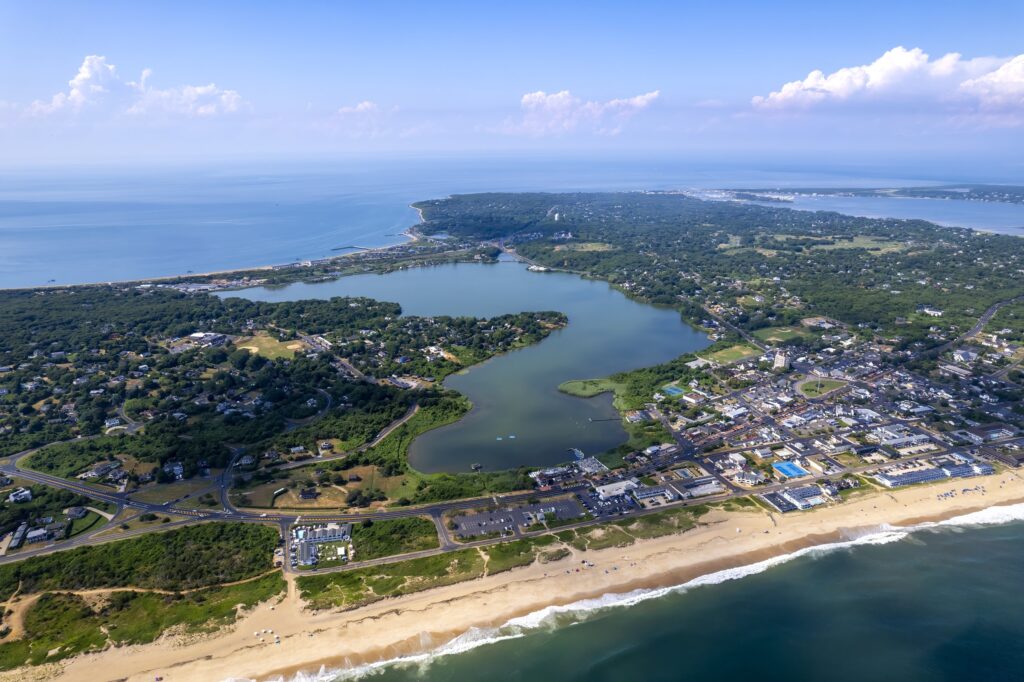
Fort Pond, where the restaurant and nightlife hotspot Surf Lodge is near, was designated as a “partially impaired” body of water by the New York State Department of Environmental Conservation.
In 2019, the Surf Lodge spent $1.4 million on a state-of-the-art septic system to replace a system that hadn’t been upgraded since the 1940s. The club’s popularity was causing sewage to run into Fort Pond. The Crow’s Nest Hotel and Restaurant, which is situated next to Lake Montauk, also invested in a new state-of-the-art septic system.
Other high-end restaurants have found themselves at odds with the Town when trying to upgrade their septic systems.
The Town of East Hampton threatened Duryea’s in Montauk, a restaurant owned by the private equity baron Marc Rowan that is located near Fort Pond and Tuthill Pond, with closure for the summer season over the restaurant’s efforts to upgrade its septic system. The restaurant, which sells a $97 lobster salad, had been embroiled in a years-long legal dispute with the town for not issuing permits for its septic system upgrades. A Suffolk County Supreme Court judge intervened, saying the town was “prohibited and prevented” from disrupting the installation of the new septic system.
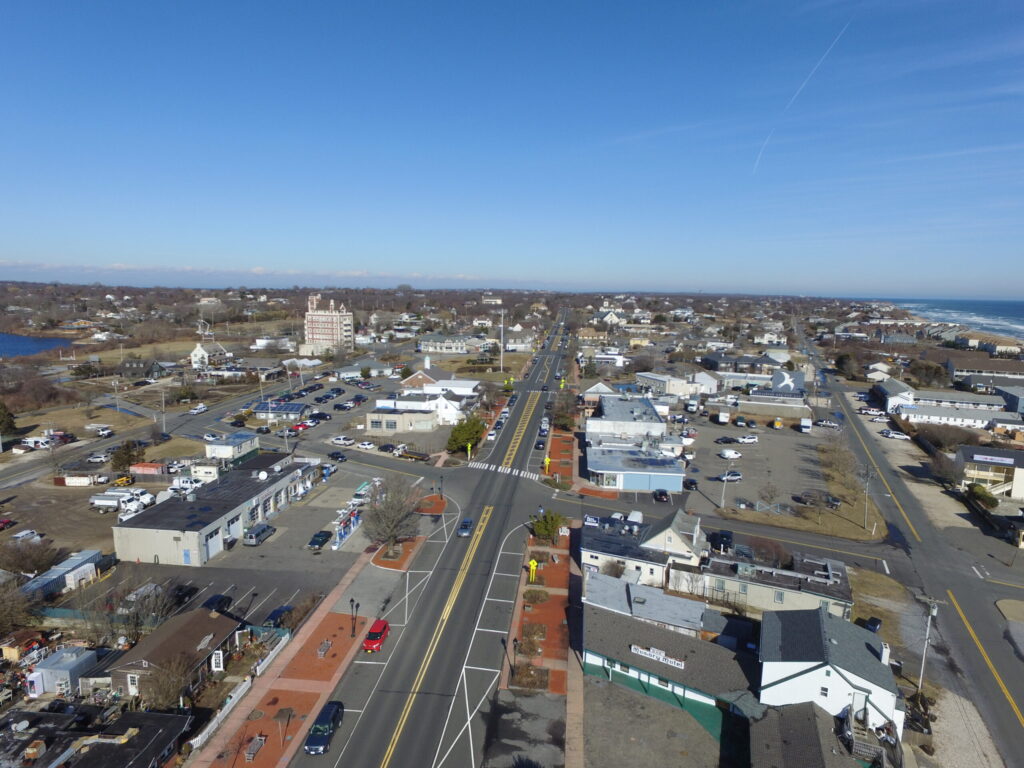
Duryea’s was allowed to operate this summer. However, a video posted on Instagram showed raw sewage spewing from a crack in the road near Duryea’s and traveling down to Tuthill Pond. “Looks like the new system needs some more work,” the video’s caption reads. The legal battles between Mr. Rowan and the town are still ongoing.
But a central sewage system, Messrs. Cortese and Gross maintain, is what’s really needed to improve Montauk’s dire waste situation.
A town committee, with the help of consultants, drafted a plan for a municipal sewer system. As for where the plant would be situated, the committee settled on a 14-acre piece of preserved land, not far from the Montauk Transfer Station, that was “perfect,” Mr. Cortese tells the Sun.
“It’s by the dump. It’s not in any residential area. It’s uphill, so you know it would work,” Mr. Cortese tells the Sun.
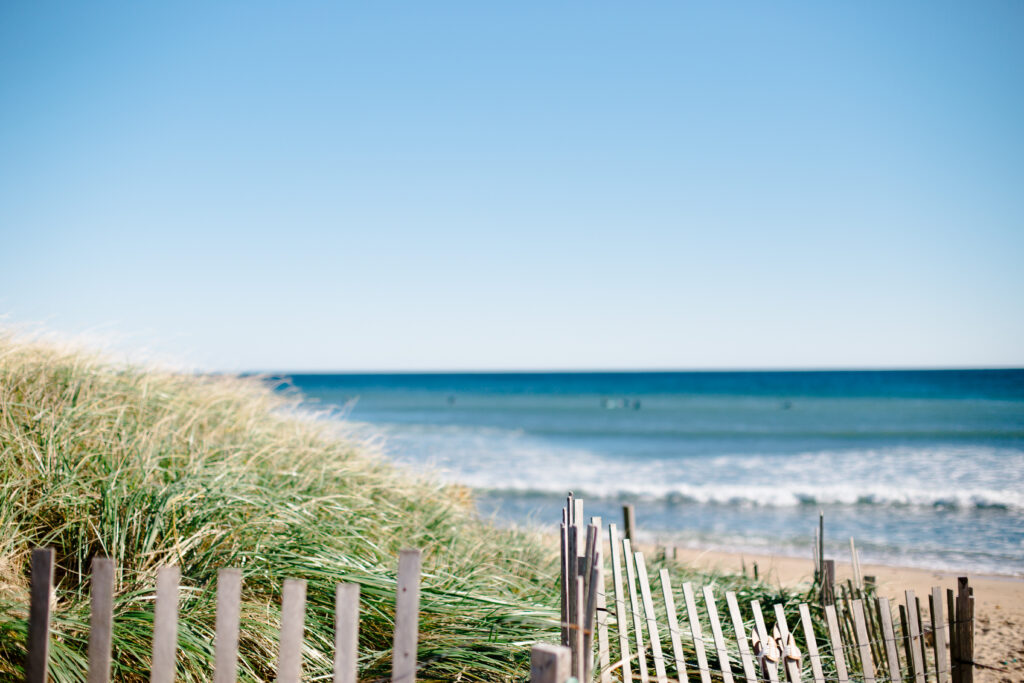
The site met Suffolk County Department of Health requirements for a sewage treatment plant. It was several hundred feet away from property lines and habitable buildings. It had the required separation from groundwater.
But the site was owned by Suffolk County. To build a 22,500 square-foot sewage treatment plant on the site, along with a parking lot, a separate building, and leaching pools for recharging wastewater into the ground, the town proposed swapping 18.8 acres of purchased land on East Lake Drive.
In 2023, the Suffolk County Parks Board of Trustees voted against the town’s proposed land swap. The plans for a sewer system have since been in a “holding pattern,” the East Hampton town supervisor, Peter Van Scoyoc, told 27East in 2023.
Despite these setbacks, both Messrs. Cortese and Gross have not lost hope. In 2023, the Village of Westhampton, on the opposite side of the Hamptons, unveiled its $16 million project that connected new sewers in the area to a treatment plant by Frances S. Gabreski Airport.
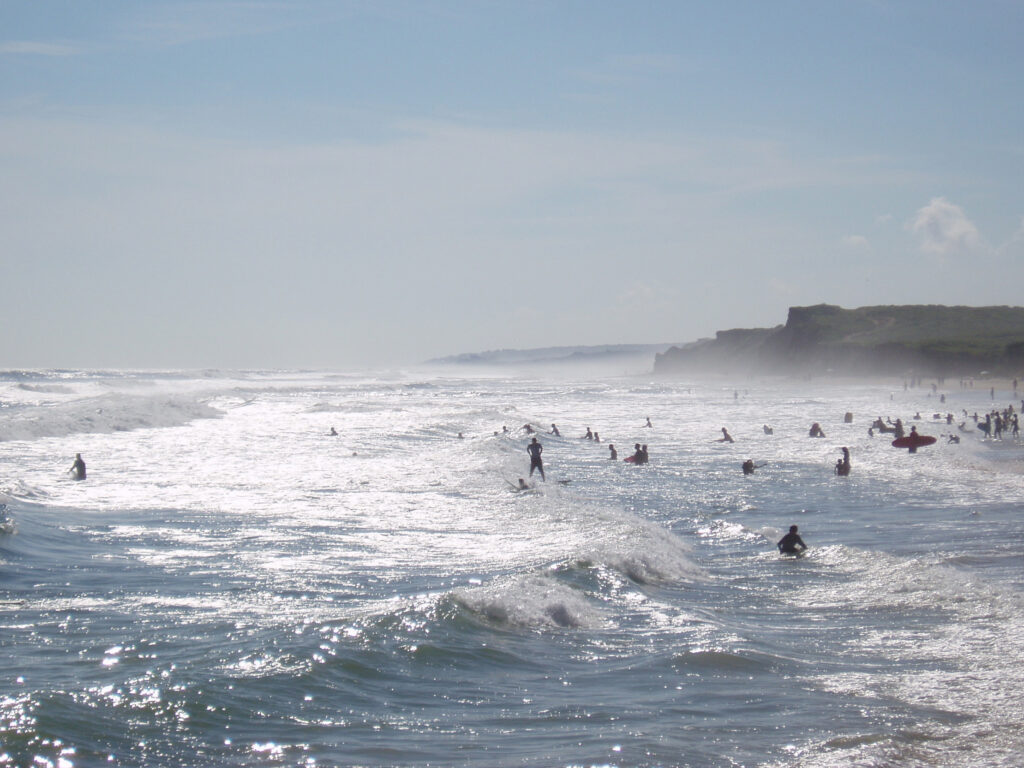
“It’s made a tremendous difference in the quality of life,” Mr. Cortese tells the Sun.
“The problem is there’s no vision for this town, “ Dr. Gross tells the Sum
“We should be facing the world as it is. These are coastal issues that all towns are dealing with. Montauk is the most coastal town of them all, and it’s got great potential to be a green resort,” Dr. Gross tells the Sun.
(Except for the headline, this story has not been edited by PostX News and is published from a syndicated feed.)

